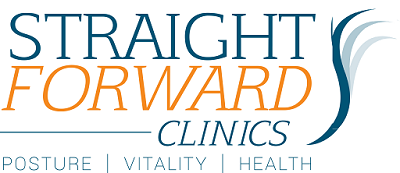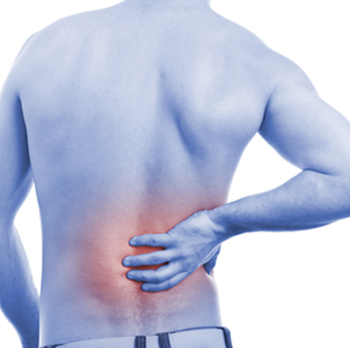Spondylolisthesis is a condition in which one bone in your back (vertebra) slides forward over the bone underneath it. It regularly happens in the lower spine. At times, this may prompt your spinal rope or nerve roots being crushed. This can bring about back agony and deadness or shortcoming in one or both legs. In uncommon cases, it can likewise prompt losing control over your bladder or insides. See a specialist immediately on the off chance that you start losing bladder or entrail control.
Here and there when a vertebra slips strange, you may have no manifestations at all or no indications until years after the fact. At that point, you may have torment in your low back or butt cheek. Muscles in your leg may feel tight or weak. You may even limp.
Symptoms of spondylolisthesis may include:
- Back or buttock pain.
- Pain that runs from the lower back down one or both legs.
- Numbness or weakness in one or both legs.
- Difficulty walking.
- Leg, back, or buttock pain that gets worse when you bend over or twist.
- Loss of bladder or bowel control, in rare cases.
Treatment for Spondylolisthesis:
- Get a Chiropractic evaluation
- Exercises which push the back ought to be stayed away from; generally the sportsperson can keep preparing.
- If there are tight hamstring muscles, they may turn the pelvis in reverse in relationship to the forward slipping vertebra, so they ought to be extended.
- A back prop or a back bolster helps in keeping the lower spine from too much twisting forward.
- Strengthening activities ought to be finished.
- Postural Correction makes a difference.
- Anti-incendiary solutions help in agony alleviation.
- The competitor ought to attempt to gradually assemble the hardened joints in the spine around the forward slipping joint. Control ought to be stayed away from at the joint itself.
- If this treatment comes up short, then surgery is required. Typically spondylolisthesis does not deteriorate, but rather in the event that it does, then surgery is done which involves melding the bones with a specific end goal to avert more forward slipping of the vertebra.
To know more about your condition, call us on Chiropractors Sydney CBD
The Position Of The Head
“For many years physiologists have shown that the position of the head on the neck is vital because it governs all postural reflexes. If the head is misaligned, other parts of the body move in and out of line to maintain balance and thus energy is expended to counteract the effects of gravity.”
The average human head weighs as much as a bowling ball. The neck is one of the areas of the spine that experiences the most movement throughout the day, so having the head out of balance will affect you from the top of the spine all the way down your back as the muscles shift to compensate for your head’s movement.
For every centimetre that the head shifts forward, the pressure on the muscles in the back of the neck doubles, in an effort to hold the head up. As most of us have repetitive jobs in a sedentary position our heads end up creeping forward. In my experience, office workers have far greater incidences of lower back pain than more active workers for a forward head and lower back pain are very closely linked.
One of the first things that most of my clients have noticed over the years is that when their head starts to come back into alignment on their body, their energy levels increase. This makes sense if you imagine trying to hold something heavy with an outstretched arm for two or three hours at a time: not only would you be very tired, but you’d be very sore in your shoulder, neck, shoulder-blades and also the spine, over time. The position of the head, which is governed by the neck position, is a guide for your entire body. Working with athletes, both amateur and professional, I have found that those with a forward head position have a much greater chance of injury overall than those with a more upright posture.
A Departure From Balance
When your head is forward, you need to use the muscles of the neck and back to hold it up. If your muscles are tense all the time – as your neck muscles will be if your head is forward – it negatively impacts on both the surrounding tissues and the nearby organs. The result of this is that your homeostasis (which is how your body maintains equilibrium, physical and chemical balance and temperature control) takes more energy to maintain. Any interruption to homeostasis that the body cannot correct by itself, takes up more energy as the body strives to bring itself back into balance.
Every day, the majority of your body’s energy is used to counteract the effects of gravity. A person with distorted posture will, in all cases, not be functioning at their full capacity. A distorted posture stresses the body’s repair system too. It’s this system that is responsible for keeping everyday wear-and-tear on the body taken care of, so that problems don’t become long-term. If the body’s repair system is stressed and running on overdrive, then the whole body and individual organs are affected.

